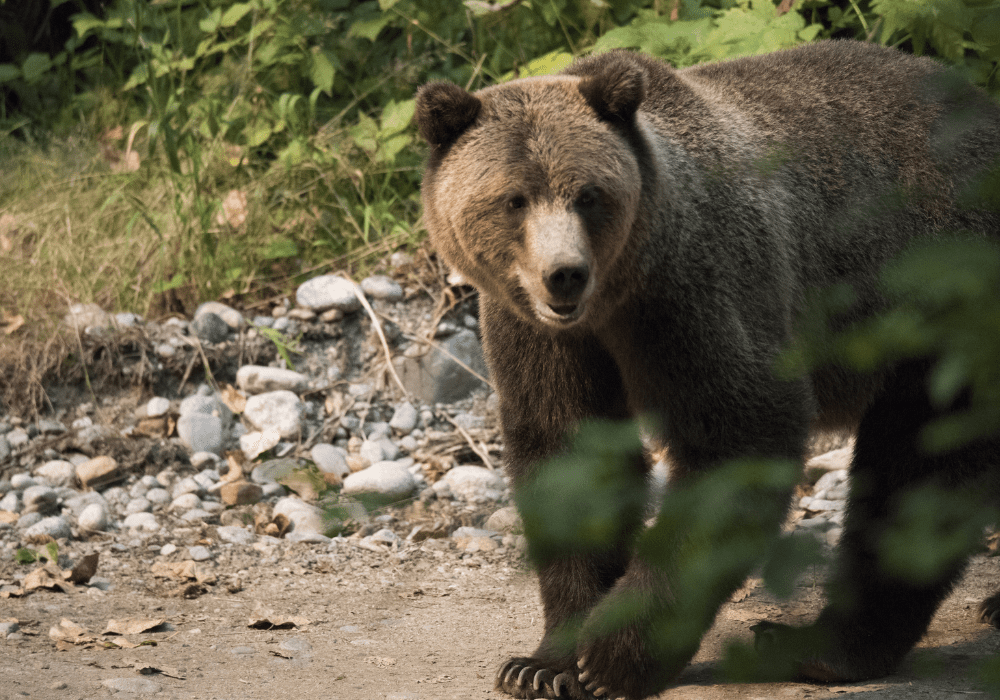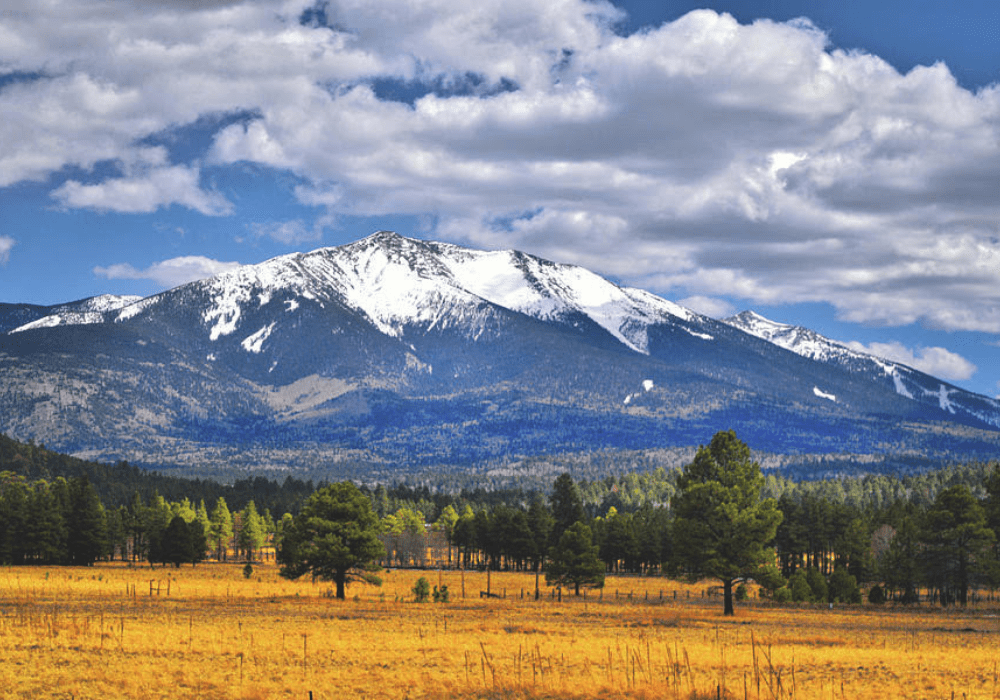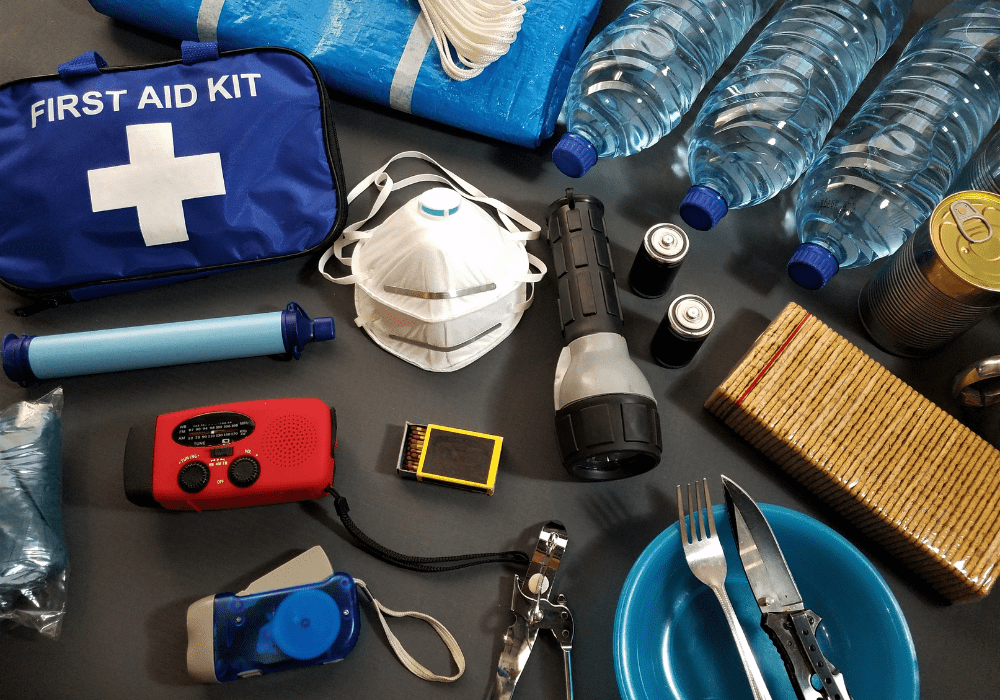
10 Wild Animal Safety Tips While Adventuring
If you are planning on doing anything outdoors – hiking, biking, backpacking, you name it — it is a smart idea to brush up on animal safety.
Though most animals will mind their own business if they come upon a human, it is not guaranteed.
Think of it like this: you’re sitting in your house watching tv when someone breaks in. You have several options on how to react, and my guess is that you don’t offer the burglar to come finish the show with you!
To be quite honest, it’s pretty unlikely that you will be attacked by a bear. But maybe the number of attacks is low because nature-goers are well informed about animal safety, just as you are about to be!
Before your next trip to the wilderness, do some research and find out which animals live in that particular area. Use this as a reference on how to prevent and protect yourself from the worst case scenario
Adventuring in the great outdoors can be an exhilarating experience, especially when encountering wild animals.
However, it’s important to remember that these animals are not pets, and they can be dangerous if they feel threatened or cornered.
To help ensure your safety while adventuring in areas where wild animals may be present, we’ve compiled ten essential tips:
Table of Contents
1. Be aware of your surroundings
Before setting out on any adventure, take time to study the terrain, and be aware of any signs of animal activity such as tracks, scat, or carcasses. Knowing what animals may be present can help you anticipate potential encounters.
2. Make noise
Wild animals are more likely to stay away if they hear you coming. Singing, whistling, or talking to yourself can alert them to your presence, and may also help you avoid startling them.
3. Keep your distance
Respect the personal space of wild animals and keep a safe distance. It’s important to never approach them too closely, as they may become agitated or defensive.
4. Don’t feed the animals
Feeding wild animals can lead to dependency on humans, and may also lead to more aggressive behavior.
5. Store food properly
Keep your food and garbage stored in bear-proof containers or in your vehicle. This will help prevent animals from getting used to human food, and will also help protect you from potential encounters.
6. Don’t hike alone
Hiking with a partner can help deter wild animals and may also provide additional safety in case of an emergency.
7.Carry bear spray
In areas where bears are present, carrying bear spray can be a life-saving tool. It’s important to practice using it before you head out on your adventure.
ADDITIONAL BEAR SAFETY
Keep Your Food Away From Bears
If a bear gets ahold of your food, they are going to act aggressively towards the next humans they come across! Here’s how to keep your food away from bears:
- Bear Boxes/ Bear Cans- Gone are the days of shimmying up trees to tie up your food!
Don’t Yell, Stay Calm
- “If you see a bear, give it plenty of room. Do not make fast moves and noises that will startle it. Slowly back off and retreat in the direction you came from,” says Tom Holland, Forest Service Wildlife Biologist.
Make Yourself as Big as Possible
- In the very unlikely circumstance that a bear charges at you, hold your ground and try to appear as large as possible– open your jacket, hold up anything near you, etc.
Play Dead if Confronted
- Bears will only attack if they feel they are being threatened.
- If attacked, lay on your stomach and protect your neck.
- Dig your toes into the ground to
http://www.fs.usda.gov/detail/
http://www.centerforwildlifeinformation.org/BeBearAware/BearEncounters/bearencounters.html
8. Know what to do in case of an encounter
If you do encounter a wild animal, it’s important to know how to react. Back away slowly, avoid direct eye contact, and speak in a calm and firm voice.
ADDITIONAL MOUNTAIN LION / CAT SAFETY
I’ve ran into an adolescent mountain lion on a hike, and it followed me for 2 miles until i met with a family member who had a gun and it left.
Mountain lion sightings are very rare. However, if you do cross paths with a mountain lion, here’s what you need to know:
Make yourself look as big as possible
- Pick up your children and/or any small pet you have.
- hold eye contact with the lion
Look like a predator
- hold eye contact. Pick up children
- Do not bend down or crouch
Do not run
- Remain calm and back away very slowly
- Do NOT turn your back to a mountain lion
- Do NOT crouch down
Make noise
- yell, shout,
- Speak slowly and firmly — sound like a predator, not prey!
Fight Back
- If you are attacked, fight back.
- Protect your head and neck
- Use anything you can – walking stick, rocks, bare hands – to fight back
9. Stay on designated trails
Stick to designated trails and avoid bushwhacking, as this can disturb animals and their habitats.
10. Be respectful
Respect wildlife by observing them from a safe distance and never disturbing their habitat. Remember that we are visitors in their home, and it’s important to act accordingly.
By following these ten tips, you can help ensure a safe and enjoyable adventure in the great outdoors, while respecting the wildlife that calls it home.
MORE ADVENTURE RELATED READING:
8 Of the Best Places for Outdoor Family Adventure
31 Greatest Adventurers of All Time
Top 3 Reasons You Should Do More Hiking
Day Hiking Checklist – Everything You’ll Need For Most Hikes
15 Best Trail Towns In The United States
LIKE THIS ARTICLE ON THE MOVIES ALL ADVENTURERS SHOULD WATCH?
Please consider sharing Truth Social & Twitter.
And if I left any great adventure films off of this list, drop a line in the comments below!
To your next adventure!
-David




